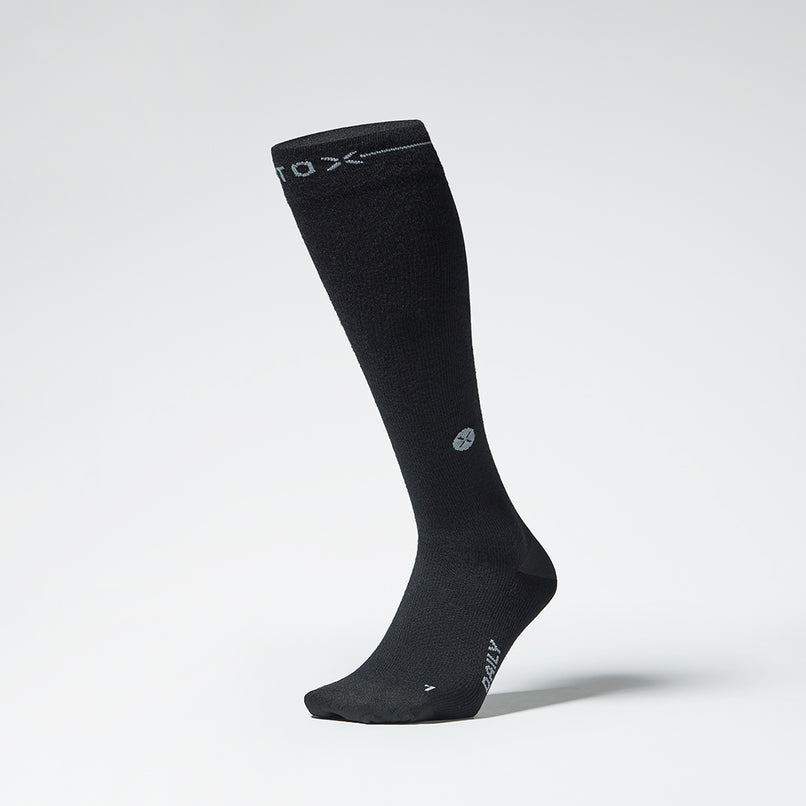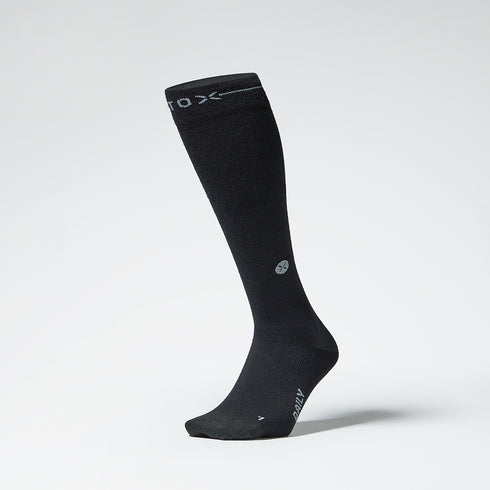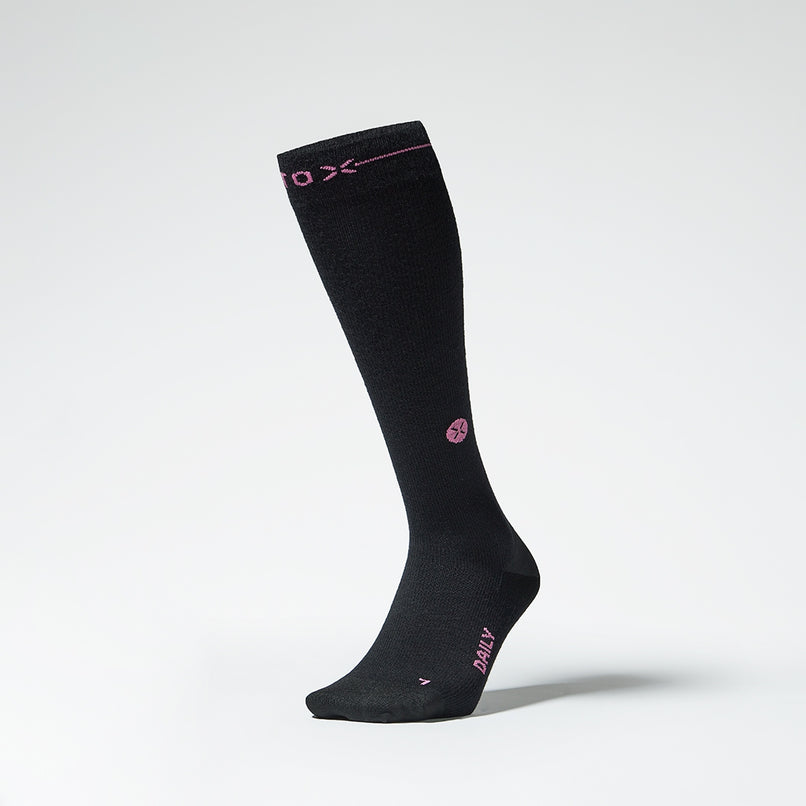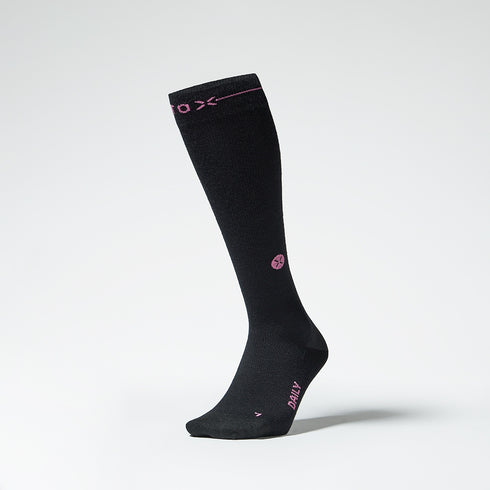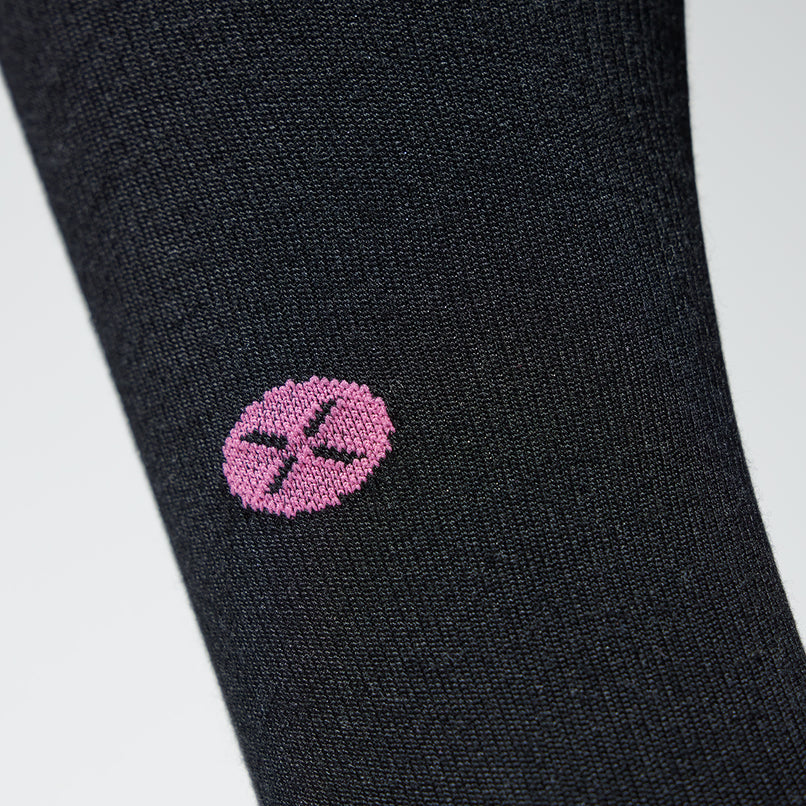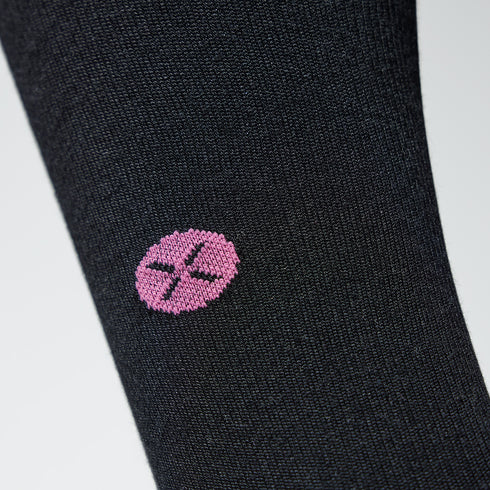Restless Legs: Causes and Solutions

Restless legs syndrome is a neurological disorder characterized by a throbbing, pulling or other unpleasant sensation in the legs and an uncontrollable, sometimes overwhelming urge to move them. Symptoms mainly occur at night when a person is relaxed and the severity may increase during the night. Moving the legs relieves the discomfort. The symptoms range from easy to irritating to painful. They are differentiated into paresthesias (abnormal sensation) or dysesthesias (unpleasant abnormal sensation).
The most noticeable or unusual aspect of this leg condition is that lying down and trying to relax triggers the symptoms. Most people with restless legs have trouble falling asleep and staying asleep. If left untreated, the condition causes exhaustion and fatigue during the day, because restless legs make it impossible to sleep at night. Many people with restless legs report that their work, personal relationships, and activities of daily living are greatly affected as a result of their sleep deprivation. They are often unable to concentrate, memory is impaired, or they experience difficulty in performing daily tasks. It can also make traveling difficult and cause depression.
Restless legs is classified as a movement disorder, in that individuals are forced to move their legs to relieve symptoms.
Support stockings against restless legs (RLS)
Compression stockings are very effective against restless legs. Often the condition is related to impaired blood circulation. Compression stockings help against restless legs, because the stockings improve your blood circulation. As a result, you would suffer less from restless legs and the symptoms of this nasty condition.
Who gets restless legs?
Restless legs occur in approximately 10 to 15 percent of the Dutch population. Often the symptoms do not start until after the twentieth year of life. Some people with restless legs do not seek medical help because they think they are not being taken seriously, that the symptoms are too mild, or that their condition is not treatable.
Restless legs occurs in both men and women, although it is about twice as common in women. It can start at any age. Many people who are severely affected are middle-aged or older, and symptoms tend to become more frequent and last longer with age.
More than 80 percent of people with restless legs also experience a common condition known as periodic limb movements of sleep (PLMS). PLMS is characterized by involuntary jerking or jerking movements during sleep that occur every 15 to 40 seconds, sometimes throughout the night. The symptoms cause a person to wake up repeatedly and severely disrupted sleep. While many people with restless legs also develop PLMS, most people with PLMS do not experience restless legs. People who have PLMS and do not have restless legs (or another condition that causes the PLMS) may be diagnosed with periodic limb movement disorder (PLMD). PLMD may be a variant of restless legs and thus respond to the same types of treatments.
What are common symptoms of restless legs?
People with restless legs feel discomfort in their legs, especially when sitting or lying down, with an irresistible urge to move the limb. These feelings often have less impact on the arms, trunk, or head. While these sensations can occur on only one side of the body, they usually affect both sides.
Because moving the legs (or other affected parts of the body) eases the discomfort, people with restless legs often keep moving their legs to minimize or avoid the sensations. They often move their legs constantly while sitting, and toss and turn in bed.
A classic feature of restless legs is that symptoms get worse at night and there is often a symptom-free period in the early morning. Other situations that can trigger the symptoms are periods of inactivity such as long car rides, sitting in a movie theater, long-haul flights, or relaxation exercises. Many people also find that symptoms worsen when their sleep time gets shorter.
The symptoms of restless legs can vary from day to day and the severity varies from person to person. Individuals with mild restless legs may have some delay in falling asleep and experience minor disruption in daily activities. In moderately severe cases, the symptoms occur only once or twice a week, but cause a more severe delay in falling asleep, with some disruption in daily activities. In severe cases of restless legs, the symptoms occur more than twice a week and cause severe interruption of sleep and impair daily functioning.
Individuals with restless legs can sometimes experience remission: a spontaneous improvement over a period of weeks or months before symptoms return, usually during the early stages of the condition. In general, however, the symptoms become more severe over time.
People who have both restless legs and an associated medical condition appear to be more prone to developing more severe symptoms more quickly. This is in contrast to those who have restless legs that are not related to any other condition. They experience a very slow progression of the condition which may take many years before symptoms become regular.
What are the causes of restless legs syndrome?
In most cases, the cause of restless legs is unknown. However, it may be genetic, restless legs are common in families where symptoms are experienced before the age of 40. Specific gene variants are associated with restless legs. Evidence shows that low iron in the brain can also be responsible for restless legs.
Significant evidence has been found to demonstrate that restless legs are associated with dysfunction in the basal ganglia circuits of the brain that use the neurotransmitter dopamine. This is necessary to be able to do smooth, targeted muscle activities and movements. Disruption of these routes often results in involuntary movements. People with Parkinson's disease, also a disorder due to disturbances in the basal ganglia dopamine pathways, also often have restless legs.
Restless legs also seems to be related to the following factors or conditions, even though researchers don't yet know if these factors actually cause restless legs:
- Chronic diseases such as renal failure, diabetes and peripheral neuropathy. Treatment of the underlying condition often provides relief from the symptoms of restless legs.
- Certain medications that can make symptoms worse. These medications include antinausea drugs (prochlorperazine or metoclopramide), antipsychotics (haloperidol or phenothiazine derivatives), antidepressants that increase serotonin, and some cold and allergy medications that contain sedating antihistamines.
- Pregnancy, especially in the last trimester. In most cases, symptoms disappear within 4 weeks of giving birth.
- Alcohol and sleep deprivation can also worsen or trigger symptoms in some individuals. Reducing or completely eliminating these factors can alleviate the symptoms, but it is unclear whether these can completely prevent the symptoms of restless legs.
How do I know if I have restless legs?
There is no specific test for restless legs. The four basic criteria for diagnosing the condition are:
- The symptoms are worse at night and are absent or negligible in the morning;
- A strong and often overwhelming need or urge to move the affected limb, often accompanied by paresthesias or dysesthesias;
- Sensory symptoms caused by rest, relaxation, or sleep, and
- Sensory symptoms that are relieved with movement and the relief lasts as long as movement is continued.
Physicians should focus largely on the descriptions of the individual's symptoms, the causative and mitigating factors, as well as the presence or absence of symptoms throughout the day. A neurological and physical exam, plus information from the individual's medical and family history and a review of the individual's current medications, may be helpful. Subjects are asked to rate the frequency, duration, and intensity of symptoms and provide information about their tendency to sleep during the day, sleepiness, sleep disturbance, or daily functioning.
Laboratory tests may be performed to rule out other conditions. Blood tests can identify iron and vitamin deficiencies, as well as other medical conditions associated with restless legs. In some cases, sleep studies such as polysomnography (a test that records the individual's brain waves, heart rate, breathing and leg movements over an entire night) can identify the presence of other causes of sleep disturbance (e.g. sleep apnea) that may impact sleep performance. condition.
Treatment of restless legs
Restless legs can be treated by targeted relief of the symptoms. Sometimes the symptoms of restless legs can be relieved by finding and treating an associated condition, such as peripheral neuropathy or diabetes.
Certain lifestyle changes that may reduce symptoms in individuals with mild to moderate restless legs include reduced use of caffeine, alcohol, and tobacco; to supplement the deficiency of iron, folic acid and/or magnesium; changing or maintaining a regular sleep pattern; follow an exercise program; and massaging the legs, by taking a warm bath, or using a heating element or an ice pack. While many people find some relief with such measures, these efforts rarely completely eliminate symptoms.
Medicines usually help, but no medicine treats restless legs for everyone. Testing of different drugs may be necessary. In addition, taking medicines regularly can cause the effect to lose its effect over time, making it necessary to change medicines regularly.
Below is a concrete list of 13 tips against restless legs that you can apply now:
1. Less coffee & alcohol
Coffee and alcohol would only exacerbate the effect of restless legs. So try to consume less of this.
2. Movement
Try to move more during the day, and less in the evening, so that your legs are completely relaxed.
3. Compression socks
Reduced circulation is often the cause of restless legs. So try compression socks. These socks give extra pressure on the lower legs, which improves blood circulation in the legs.
4. Less time standing and sitting
5. Create a steady rhythm
Try to go to bed and get up at regular times. This has been very helpful for some people.
6. Foot baths
7. A bar of soap in bed against restless legs
Soap to bed sounds strange, but people with Restless can experience this as soothing. How to do this exactly? Watch the video below:
8. Do not lift heavy
Heavy lifting can put a lot of pressure on the veins in the legs, aggravating the symptoms of restless legs.
9. Shoes
Wear comfortable shoes.
10. Nutrition
Vitamin C, E and zinc are good for your body. According to some, taking these vitamins would also help reduce restless legs.
11.Magnesium
Like the viatimes above, magnesium is also good against restless legs. Therefore, try eating banana or avocado, for example. Supplements are also a good option.
12. Therapy & Massage
13. Masturbation
According to Marin, Felicio and Prado (2011), masturbation would work against restless legs. The dopamine household that is out of balance would contribute to the development of restless legs. Masturbating is an effective way to (partially) restore this balance.
How to proceed with restless legs?
Restless legs is generally a lifelong condition for which there is no cure. Still, current therapies can control the condition, minimize symptoms, and improve periods of restful sleep. The symptoms may gradually worsen with age, this will be a little faster for people who also suffer from an associated medical condition. In addition, some individuals have periods of remission where symptoms lessen or disappear for several days, weeks, or months, although symptoms usually eventually recur.

Niek van Spronsen
Niek has been part of the STOX Energy Socks team since 2022, writing informative and inspiring articles about compression socks, sports, health, and nutrition. With a passion for an active and healthy lifestyle, Niek shares valuable tips and advice to help athletes and health-conscious readers improve their performance and well-being.
Latest related articles
Show moreAll products
Discover now
Niek van Spronsen
Niek has been part of the STOX Energy Socks team since 2022, writing informative and inspiring articles about compression socks, sports, health, and nutrition. With a passion for an active and healthy lifestyle, Niek shares valuable tips and advice to help athletes and health-conscious readers improve their performance and well-being.
